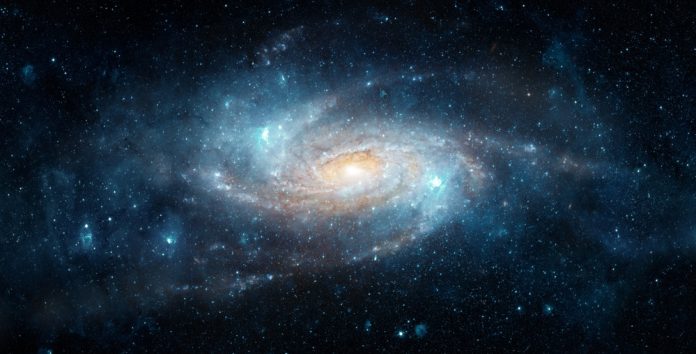Astronomers have published a gigantic infrared map of the Milky Way containing more than 1.5 billion objects ― the most detailed one ever made.
The team monitored the central regions of the Milky Way using the European Southern Observatory’s VISTA telescope for more than 13 years.
At 500 terabytes of data, this is the largest observational project ever carried out with an ESO telescope.
“We made so many discoveries that we have changed the view of our galaxy forever,” said Dante Minniti, an astrophysicist at Universidad Andrés Bello in Chile who led the project.
The infrared map is record breaking
The infrared map of the Milky Way covers an area of the sky equivalent to 8,600 full moons and contains about ten times more objects than a previous map released by the same team back in 2012.
It includes newborn stars, which are often embedded in dusty cocoons, and globular clusters—dense groups of millions of the Milky Way’s oldest stars.
Observing infrared light means VISTA can also spot very cold objects, which glow at these wavelengths, like brown dwarfs (‘failed’ stars that do not have sustained nuclear fusion) or free-floating planets that don’t orbit a star.
Measuring the luminosity of stars
The observations began in 2010 and ended in the first half of 2023, spanning a total of 420 nights.
By observing each patch of the sky many times, the team was able to determine the locations of these objects, track how they move, and determine whether their brightness changes.
They charted stars whose luminosity changes periodically that can be used as cosmic rulers for measuring distances. This has given us an accurate 3D view of the inner regions of the Milky Way, which were previously hidden by dust.
The researchers also tracked hypervelocity stars – fast-moving stars that catapulted from the central region of the Milky Way after a close encounter with the supermassive black hole lurking there.
Future exploration of the Milky Way
The infrared map of the Milky Way contains data gathered as part of the VISTA Variables in the Vía Láctea (VVV) survey and its companion project, the VVV eXtended (VVVX) survey.
Roberto Saito, an astrophysicist at the Universidade Federal de Santa Catarina in Brazil and lead author of the study, commented: “The project was a monumental effort, made possible because a great team surrounded us.”
The VVV and VVVX surveys have already led to more than 300 scientific articles. With the surveys now complete, the scientific exploration of the gathered data will continue for decades to come.
Meanwhile, ESO’s Paranal Observatory is being prepared for the future. VISTA will be updated with its new instrument, 4MOST, and ESO’s Very Large Telescope (VLT) will receive its MOONS instrument.
Together, they will provide spectra of millions of Milky Way objects surveyed, with countless discoveries to be expected.









